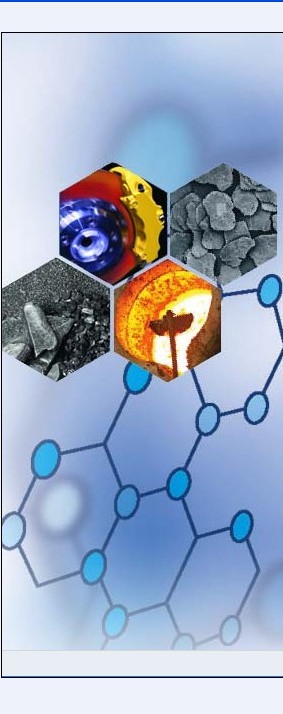Chemical analysis of graphene
2013-06-09 11:06:11
Chemical analysis of graphene oxide films after heatand chemical treatments by X-ray photoelectronand Micro-Raman spectroscopy

Abstract
Several nanometer-thick graphene oxide films deposited on silicon
nitride-on silicon substrateswere exposed to nine different heat treatments (three in Argon, three in Argon andHydrogen, and three in ultra-high vacuum), and also a film was held at 70 _C while beingexposed to a vapor from hydrazine monohydrate. Thefilms were characterized with atomicforce microscopy to obtain local thickness and variation in thickness over extendedregions. X-ray photoelectron spectroscopy was used to measure significant reduction ofthe oxygen content of the films; heating in ultra-high vacuum was particularly effective.The overtone region of the Raman spectrum was used, for the first time, to provide a ‘‘fingerprint’’of changing oxygen content.
1.Introduction
Thin films composed of graphene oxide or reduced grapheneoxide platelets (such platelets are also referred to as ‘‘sheets’’ have recently attracted attention due to their unique mechanicaland optical properties [1–4]. As a result of the extensiveoxidation of the precursor graphite (resulting in graphiteoxide which is then dispersed as layers in an aqueous colloidalsuspension), ‘graphene oxide paper’ [1] is considered not to be electrically conductive by electron or hole transport. However, it is possible to make reduced graphene oxide filmsthat are electrically conductive [2–5]. By tuning the chemistryof the platelets either prior to or after formation of the thinfilm, the film’s electrical conductivity, optical properties, andchemical character (hydrophobicity, etc.) can also be tuned [1–6]. Such chemical tuning could also have a significant impacton the thermal conductivity, which to the best of ourknowledge has not yet been studied. The objective of this study is to evaluate any chemicalchanges of very thin films composed of graphene oxide plateletdue to heat and/or chemical treatment by using X-rayphotoelectron spectroscopy (XPS) and Micro-Raman spectroscopy. This study complements previous work conducted onother chemically modified graphene (CMG)-based materials, including ordered multilayer stacks of graphene oxide (thus, graphite oxide crystals, about which there is an extensive literature), thick ‘paper-like’ films of graphene oxide platelets, [1] and ‘‘chemically reduced graphene oxide’’ (CReGO) that iscreated by exposing an aqueous suspension of grapheneoxide sheets to hydrazine, [7] as well as by the methodsdiscussed in the aforementioned work [2–6]. Our group hasalso previously performed an XPS study of the impact ofhydrazine treatment of a thin film that after curing consistedof separated graphene oxide platelets embedded in silica,deposited on a silica substrate [3]. These approximately30 nm-thick silica/CMG composite films, derived from a sol–gel process, contained about 4 to 8 separated CMG plateletsin any region in the through-thickness part of the silica filmfor the highest loading of the CMG platelets that was tested.XPS is a surface sensitive technique used to analyze surfacechemical composition and bonding. A sample is irradiatedwith an X-ray beam while the number of electronsthat escape and their kinetic energy are simultaneously measured[8]. Raman spectroscopy is used to characterize thevibrational modes of molecules. Micro-Raman spectroscopyallows the probing of a small volume by combining a confocalmicroscope with the spectroscopy system [9]. The abilityto collect Raman data from a very small area (_350 nm indiameter) can in some situations reduce undesirable background
signals and enhance chemical sensitivity. We haveused micro-Raman spectroscopy in this study and refer tothe spectra obtained as ‘‘Raman spectra’’
COPYRIGHT 2008-2013 Chenzhou Top Graphite Company Limited
